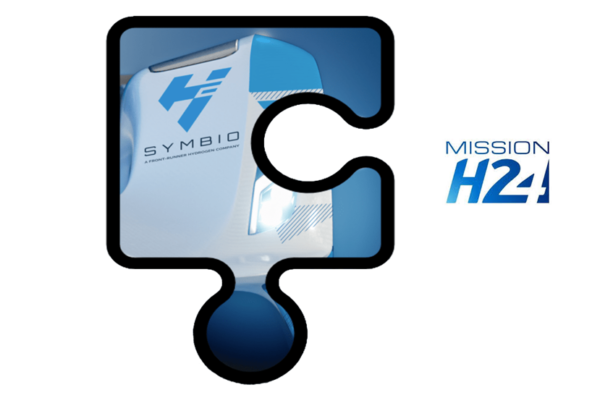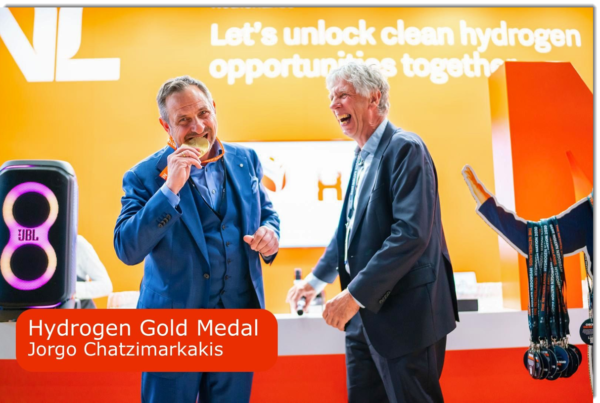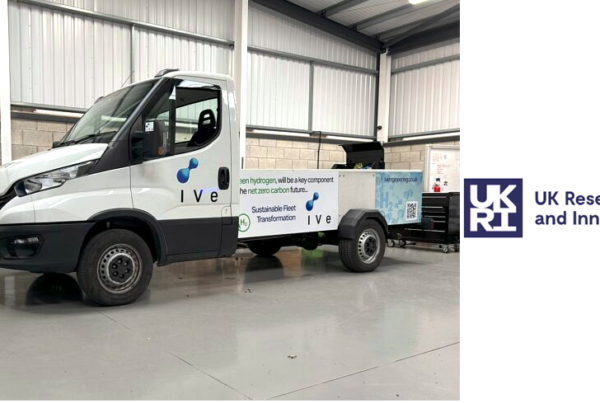
The California Energy Commission has approved $8.5 million in grants for hydrogen refueling solutions focused on marine and aviation applications, which are difficult to electrify.
Proposal objectives included reducing hydrogen delivery and refueling costs, improving reliability, enabling higher fill rates and minimizing energy losses.
“I’m really looking forward to the evolution of the green hydrogen economy in California,” Commission Vice Chair Siva Gunda said.
Liquid fuel for marine vessels
Zero Emission Industries received $5.25 million to develop a mobile zero-boiloff liquid hydrogen fueling system capable of providing liquid fuel to marine vessels and other heavy-duty fuel cell power systems.
“While it is possible to power some light-duty vessels with gaseous hydrogen, when higher power levels or longer times between fueling are required liquid hydrogen is a preferred energy carrier due to its higher density than gaseous hydrogen,” ZEI said in its scope of work. “However, the use of dedicated berth space for a hydrogen fueling facility is often not feasible due to the scarcity of such space in the world’s busiest ports.”
In addition, fixed infrastructure is too costly to justify the switch to hydrogen in all but a few use cases, which is why a portable liquid fueling system is needed, the company said.
“The findings from this project will be immediately applicable to the decarbonization of California ports and could facilitate the adoption of zero emission heavy equipment in various transportation sectors, with a demonstration occurring at Port of Los Angeles,” according to the approved resolution.
Refueling hydroelectric aircraft
ZeroAvia Federal received $3.25 million to develop a mobile liquid hydrogen storage and dispensing system for refueling hydroelectric aircraft.
“Today, there is no integrated, cost-efficient, and mobile way of storing and dispensing liquid hydrogen,” ZeroAvia Federal said in its scope of work. “This severely hinders adoption of liquid hydrogen in difficult-to-decarbonize transportation sectors such as aviation, maritime, and heavy duty. A mobile solution is necessary for widespread adoption because it allows for refueling in remote work locations, roadside assistance situations, aviation, maritime and more.”
To be a viable solution for fueling, the mobile liquid hydrogen storage and dispensing system will implement high fuel flow rates, a zero-boiloff system and an automated control system, the company said. The technologies and solutions developed through this project could assist in the decarbonization of not only aviation, but also marine, rail, and heavy-duty trucks and buses.
Second life battery energy storage system
In a separate action, the commission approved nearly $1.5 million for Smartville to demonstrate two second life battery energy storage systems, extend cycle life and establish low-rate initial production of these systems using a modular battery assembly in Carlsbad and Fresno.
“This grant will enable us to build out first utility-scale project, which will help address those times when the state’s grid is most at risk,” Smartville CFO Grant Berman told the commission.
The state’s goal of 5 million zero-emission vehicles by 2030 will lead to an increased number of lithium-ion EV batteries that will be retired, the company said.
“When retired, most of these batteries will not have reached their end of life but are rather no longer fit for the strenuous application of powering a vehicle,” Smartville said in its scope of work. “However, these batteries are better suited to be repurposed for stationary energy storage applications.”
The project aims to help to create a circular economy for Li-ion EV batteries while improving California’s grid resiliency. Smartville’s repurposing facility will receive, store and interconnect batteries for dynamic stockpile management, precision cycling, repurposing and the provision of energy storage services.
“I think we don’t know how to successfully integrate all the different types of batteries that are coming,” Commissioner Patricia Monahan said. “I think there’s a lot of opportunity but also a lot of room for research to figure out how to do this in a way that’s cost effective.”
Flexible demand appliance standards
In other action Oct. 18, the commission adopted the nation’s first flexible demand appliance standards for residential pool controls, which take effect September 2025. The standards require pool controls to default to operating pool equipment when electricity prices and greenhouse gas emissions are low.
In the first year, the standards will make it possible for consumers to shift 64 GWh of electricity usage off peak, according to the commission. By the time every installed pool control offers flexible demand, the yearly load shift potential goes up to 682 GWh of consumer electricity use, which will avoid 394,000 metric tons of GHG emissions, the equivalent to removing 85,000 gasoline-powered cars off the road.
Read the most up to date Fuel Cell and Hydrogen Industry news at FuelCellsWorks




